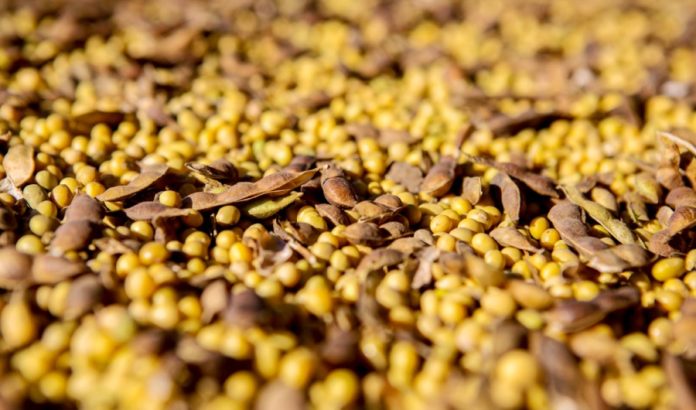Poultry Producers in Southern Brazil Squeezed by High Grain Prices

Poultry producers in southern Brazil are in a financial bind, corn and soybean prices have doubled in the last one to two years, but poultry prices have not kept pace. Southern Brazil cannot produce enough corn to meet the demand from local livestock producers, so they must import corn from other regions of Brazil. The problem is that they must compete with exporters who are willing to pay a higher price for corn due to the strong international demand.
Recent corn prices in Brazil have been on the increase due to wet weather delaying the planting of the safrinha corn crop, which accounts for about three quarters of Brazil’s total corn production.
In some areas of southern Brazil, notably the state of Rio Grande do Sul, the price of corn has hit a record high of R$ 90 per sack (approximately $7.50 per bushel), which is more than double that of two years ago (+110%). The prices for live chickens have increased only about 40% during the same period.
In March of 2019 in Rio Grande do Sul, two tons of live chickens would purchase 150 sacks of corn (approximately 330 bushels), but currently, it would take three tons of live chickens to purchase the same amount. In other words, it takes 50% more chickens to purchase the same amount of corn.
Domestic corn prices in Brazil are expected to remain strong for the foreseeable future and as a result, the Executive Director of the Poultry Organization of Rio Grande do Sul recently testified at a Senate hearing in Brasilia detailing the financial challenges facing the industry.
He listed a series of steps that the Brazilian Congress could take to ease the financial burden facing the industry. He felt the most important step would be to make it easier to import GMO corn from the United States or other countries if it would be used only for animal rations. Currently, importing unauthorized GMO corn is very difficult.
Another step he recommended is to give incentives for farmers in southern Brazil to produce more full-season corn during the summer growing season and to give incentives to produce alternative grain during the winter period. The weather in Rio Grande do Sul is too cold for a second crop of corn, so local livestock producers must rely on corn produced during the summer growing season.
He also recommended that the government put more resources in the annual Harvest Plan for livestock producers to get loans for the construction of more grain storage units.
Read also
Wheat in Southern Brazil Impacted by Dry Weather and Frosts
Oilseed Industry. Leaders and Strategies in the Times of a Great Change
Black Sea & Danube Region: Oilseed and Vegoil Markets Within Ongoing Transfor...
Serbia. The drought will cause extremely high losses for farmers this year
2023/24 Safrinha Corn in Brazil 91% Harvested
Write to us
Our manager will contact you soon



